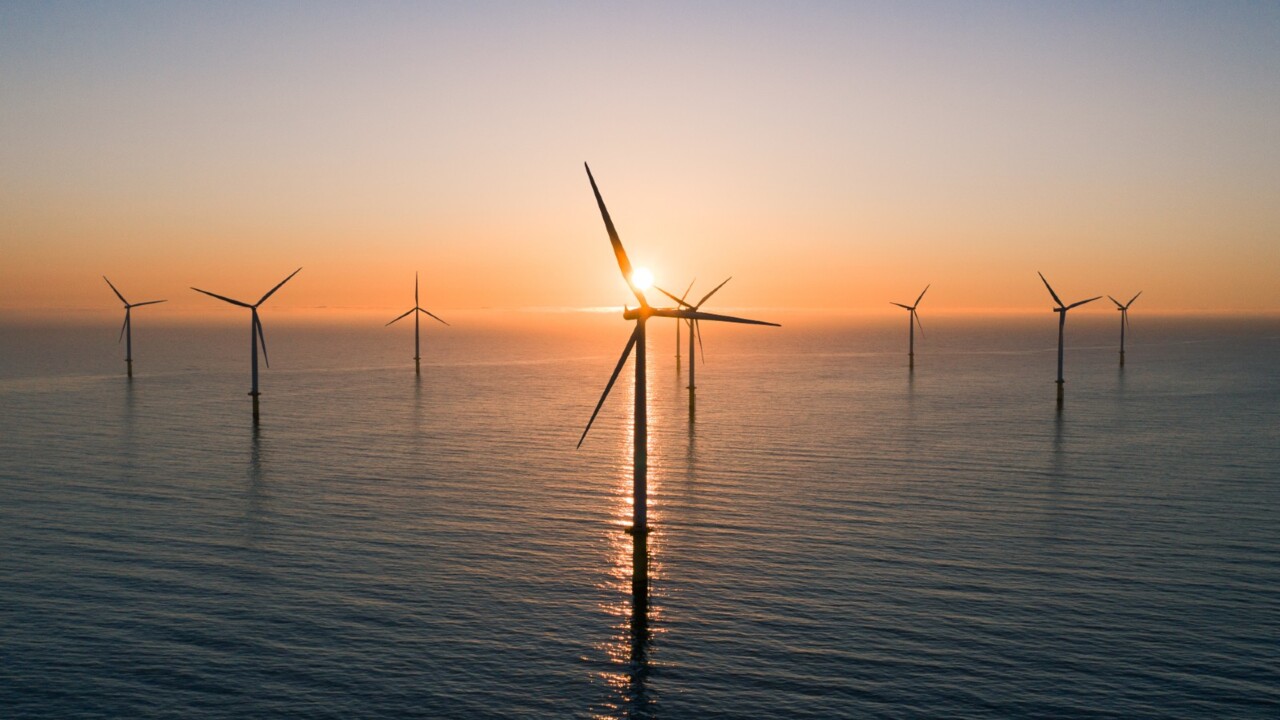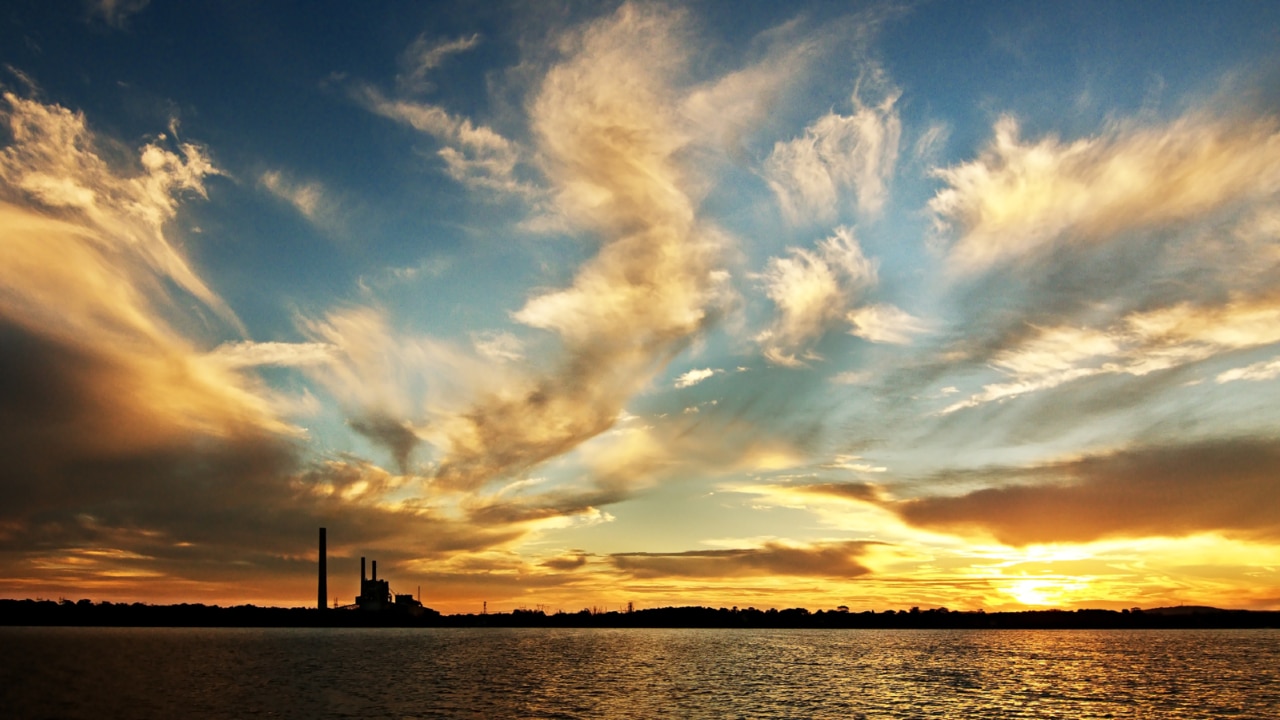Orsted seeks licences to build Australia’s largest offshore wind projects
Orsted – the world’s largest offshore wind developer – has sought licences to develop two huge projects in Australia, and is seeking approval to begin preliminary work early next year.

Danish giant Orsted has sought licences to develop Australia’s largest offshore wind projects, and is seeking approval to begin preliminary work early next year, as the world’s biggest developer seeks to dominate the energy source widely seen as critical if Canberra is to meet its lofty transition goals.
The world’s largest offshore wind developers have been enticed to Australia after states put the renewable energy source at the heart of plans to replace coal.
Victoria is the most aggressive. Last year it set a target of generating about 20 per cent of its energy needs from offshore wind within a decade.
More than three dozen applications have been lodged with the National Offshore Petroleum Titles Administrator for a feasibility licence to develop in Gippsland.
With competition so intense, few developers have detailed their plans for Australia publicly. But Albert Quan, Orsted’s head of market development, Australia, said the company has lodged applications with the regulator to build two offshore wind projects with generation capacity of 5.6GW. If the applications succeed, Orsted will be Australia’s largest offshore wind developer.
“We want to build 5.6GW of offshore wind in Gippsland. Within that there are two projects, so 2.8 kilowatts each and within each project there are two phases, so 1.4GW each phase,” Mr Quan told The Australian. “This approach will enable us to maximise local supply chain investment opportunities and clean energy jobs, capture economies of scale benefits and bring significant operations and maintenance synergies.”
Securing two licences, however, could be difficult. Only a handful of applications are expected to be successful, but Mr Quan said Orsted had a proven track record of building “cluster projects” – notably in Taiwan.
Taiwan is one of Asia’s strongest adopters of offshore wind as it moves away from nuclear power. Orsted is Taiwan’s largest offshore developer, and is poised to complete the second stage of its four-pronged development.
“Our vision and our plan for Australia is around a cluster, similar to what you would see here at Greater Changhua. We want to build an offshore wind industry. We don’t want to just build a project and leave – that is not the Orsted model,” Mr Quan said.
“The model is to embed ourselves in the country and support the development of long-term industry for the foreseeable future.”
The Taiwanese development was a key component of Orsted’s application to NOPTA, which faces the difficult task of sorting applications from some of the world’s largest developers.
NOPTA late last year offered guidance to prospective bidders by providing a merit criteria, which included evidence of experience of developing offshore wind projects and large capital reserves.

Picking winners is complicated further by the prospect of boundary disputes. If developers are deemed to have equal merit, NOPTA will inform bidders that they are tied and ask for an adjustment to their plans to avoid any crossover in the exclusive areas. If no agreement can be struck, federal Energy Minister Chris Bowen could have to make the determination.
With such competition, there could be a scenario where Orsted wins just one licence. Mr Quan declined to comment on whether Orsted would proceed with just a single licence, but he said the developer is pushing ahead in the hope of accelerating its plans.
The first feasibility licences are unlikely to be issued until October at the earliest, and that is likely to be Star of the South – Australia’s most advanced development. Other licences could be issued at the end of the year, but Mr Quan said Orsted was seeking Victorian approvals to begin preliminary work already.
“As soon as we hit Q1 this year, we want to start surveying and site investigation activities. That would encompass, for example, the environmental surveys, so determining what marine life is there, and wind surveying,” Mr Quan told The Australian.
Whoever secures a feasibility licence is going to be under pressure to develop quickly. Much of Australia’s fleet of coal power stations are expected to be retired in little more than a decade, and Australia is well behind schedule in building renewable energy generation to replace fossil fuels.
There is also concern about delays in particular sources of zero-emission energy. Offshore wind is much larger than solar or onshore wind developments so developing the new industry is critical to build enough scale to replace coal.
Transitioning the country’s electricity sector is a key pillar of Australia’s plan to meet its carbon emission targets, and a failure to meet the newly legislated target of having renewable energy provide more than 80 per cent of the country’s electricity needs would threaten Canberra’s capacity to meet its net zero emissions pledge.








To join the conversation, please log in. Don't have an account? Register
Join the conversation, you are commenting as Logout